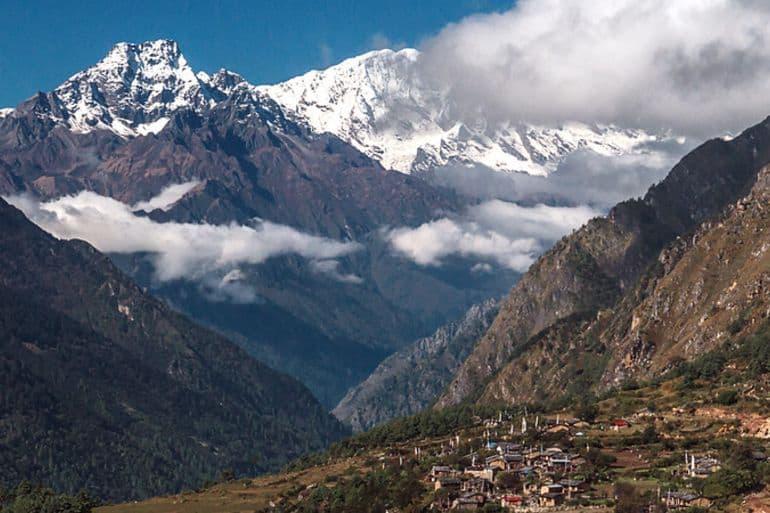Located in Nepal's extreme eastern corner, the Kanchenjunga Trek provides an adventurous and immersive experience, taking trekkers through some of the Himalayas' most untouched and magnificent scenery. With its pristine beauty, various ecosystems, and rich cultural heritage, the Kanchenjunga Trek is one of Nepal's top trekking destinations.
The Majesty of Kanchenjunga
At 8,586 meters (28,169 feet), Kanchenjunga is the third highest peak in the world, dwarfed only by Everest and K2. It’s located in the Kanchenjunga Conservation Area, a protected region that spans the border between Nepal and the Indian state of Sikkim. The trek around Kanchenjunga is a remarkable journey through lush forests, terraced fields, traditional villages, and high-altitude landscapes, culminating in stunning views of the towering peak.
Why Choose the Kanchenjunga Trek?
-
Spectacular Scenery: The trek offers panoramic views of Kanchenjunga and its neighboring peaks, including Makalu and Everest. The changing landscapes—from subtropical forests to alpine meadows and glacial moraines—provide a diverse visual experience.
-
Cultural Encounters: Trekkers will have the opportunity to explore remote villages inhabited by diverse ethnic groups, such as the Limbu, Rai, and Sherpa communities. The local culture, customs, and traditional practices offer a fascinating glimpse into life in the Himalayas.
-
Solitude and Adventure: Unlike the more frequented Everest and Annapurna treks, the Kanchenjunga Trek is relatively less crowded, allowing for a more tranquil and intimate trekking experience. The remote and rugged trails promise adventure and discovery away from the tourist hotspots.
The Trekking Route
The Kanchenjunga Trek is typically divided into two main routes: the North and South Base Camp treks. Both offer unique perspectives of the Kanchenjunga massif.
-
North Base Camp Trek: This route leads trekkers to the northern face of Kanchenjunga, offering spectacular views of the north face and the glacier. The trek usually starts from the town of Taplejung and follows the Tamor and Ghunsa rivers, passing through dense forests, traditional villages, and high-altitude meadows.
-
South Base Camp Trek: The South Base Camp trek takes trekkers to the southern side of Kanchenjunga, where the views of the south face and the Kanchenjunga Glacier are breathtaking. This route generally starts from Suketar and traverses through beautiful rhododendron forests, crossing several high mountain passes along the way.
Practical Information
-
Best Time to Trek: The best seasons for trekking to Kanchenjunga are pre-monsoon (March to May) and post-monsoon (September to November). During these times, the weather is relatively stable, and the views are clear.
-
Permits and Regulations: Trekkers need to obtain several permits, including the Kanchenjunga Conservation Area Permit (KCAP) and the Trekkers' Information Management System (TIMS) card. It is advisable to arrange these through a registered trekking agency.
-
Fitness and Preparation: The Kanchenjunga Trek is a challenging trek requiring good physical fitness and stamina. The trek involves high altitudes and strenuous climbs, so proper training and acclimatization are crucial.
-
Accommodation and Meals: Accommodation is typically provided in teahouses or lodges along the trek. Meals are usually simple but nutritious, including dal bhat (lentil soup with rice), noodles, and other local dishes.
Conclusion
The Kanchenjunga Trek is a journey of a lifetime, offering a blend of awe-inspiring natural beauty, cultural richness, and the thrill of adventure. For those seeking an off-the-beaten-path trek in Nepal, Kanchenjunga promises an unforgettable experience that captures the essence of the Himalayas. Whether you are a seasoned trekker or an avid explorer, the Kanchenjunga Trek will leave you with lasting memories and a profound appreciation for one of the world’s most majestic mountain ranges.



